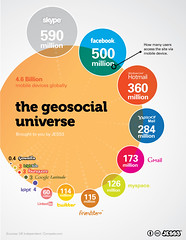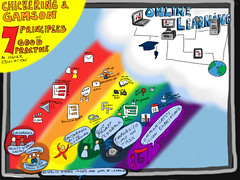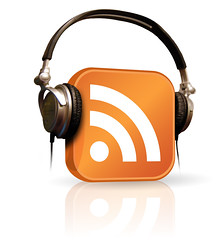That being said, this week has to be finished first. As we continue our delving into the complexities of digital citizenship, we are now looking into how companies can track our online activity and target specific ads and searches based on our demographic information and digital history. Although this concept may be disturbing because it feels like an invasion of privacy, getting individualized results does not have to be a negative thing. Having limited search results only becomes disconcerting when you consider all of the information that is hidden from you. What things are you missing out on because your results are "individualized" based on the tracking by companies and search engines?
How can you stop companies from collecting too much of your information? I'm glad you asked. My students used Mixbook to create a brochure of advice on how to keep companies from tracking your information through cookies and then targeting you based on your demographics. A basic example is located above that I created to model for my students. Notice that my students continue to cite their photos using (Description, URL, Date) formatting as I have mentioned in a previous post.
The information I used for this lesson was developed by a wonderful resource: Common Sense Media. This website is a truly phenomenal resource for teaching digital citizenship. There are resources available for all grade levels, educators, and parents. I truly recommend this for teaching 21st century digital literacy. Summarily, this has been an eventful week as the week of Halloween always is. My thoughts are with those who have been affected by the superstorm Sandy.
 |
| Gesocial. Available here. August 20, 2010. |





